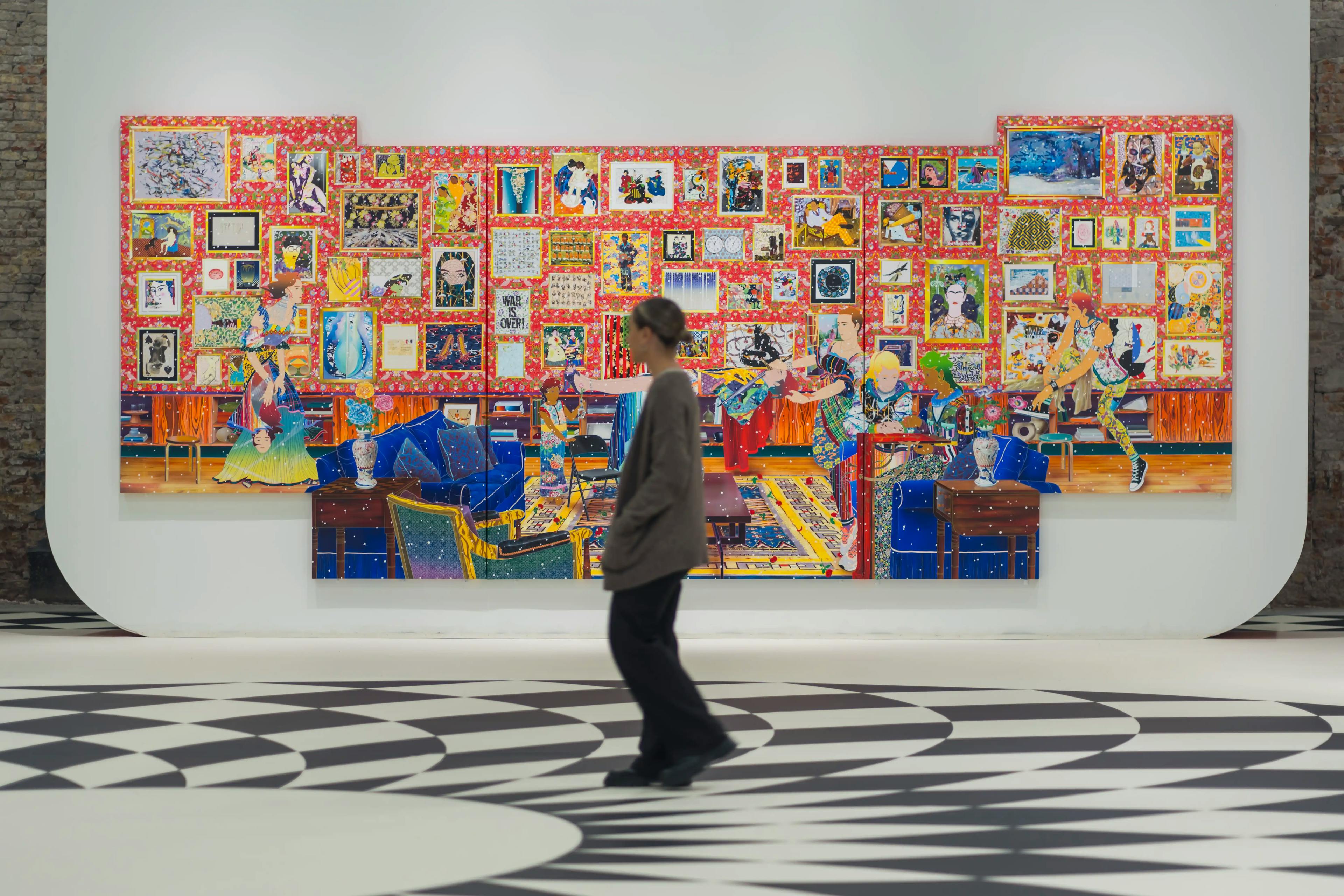
Museum Training: Investing in the Future
Museums and cultural organizations are currently at the center of a profound yet slow transformation focused on people and on understanding their needs and desires. The time required to process this change is necessarily long, and in Italy, the sharing of experiences and case studies has so far been mostly theoretical. Certainly, there are many areas of excellence in our country, although museological expertise is still developing. Among the reasons for this phenomenon, we can certainly point to the limited opportunities to acquire knowledge and critical skills in areas such as accessibility, exhibition design, and interpretation
If we look at the quality of exhibition practices, design strategies, and audience engagement methods, we can find excellent and widespread examples in many European cities. Today, for instance, simply visiting museums in London or Berlin reveals the result of decades of investments and policies that have also shaped education.
This is evident in the museums themselves: pathways are fluid, taking into account people's needs, avoiding unnecessary effort, and facilitating orientation and understanding. Their content is rich and multidisciplinary, including diverse stories and perspectives. These are places where people feel comfortable and where relevant, contemporary issues are understood; above all, they are places where people want to spend time.
Today's exhibitions and museums, moreover, must be able to do much more than just preserve and display objects. This need calls for a deep understanding of visitors, their needs, their motivations, and inevitably, the solutions—from technical tools to narrative strategies—that are most capable of making the visit meaningful and engaging for everyone.

Photo by Camille Cooken
We Exhibit has been involved in exhibition setups and museums for many years, keeping pace with the present and with the ambition of creating effective proposals and designing solutions. For this reason, it has decided to expand its offerings—traditionally focused on exhibition design and interpretation—by adding training services, which can be organized periodically or upon request. This offers an opportunity to bring diverse experiences and recognized experts into the company's orbit, while also sharing the chance for continuous learning with other professionals and colleagues.
Drawing on its extensive professional experience and interdisciplinary team, We Exhibit enjoys a great deal of flexibility: a key foundation for addressing the most urgent and current topics today— from interpretative issues to accessible exhibition design, from the role of lighting design to queering practices applied to museums.

Photo by Lorenza Cini
Workshops Features
The key characteristics of the courses include an international perspective and approach; the active involvement of designers and cultural professionals working within organizations—both Italian and international—that we consider the most interesting today; the presence of experienced facilitators capable of leading effective workshops; a professional focus always accompanied by a friendly atmosphere; and the intention to facilitate long-term exchange and relationships between participants.
Each course covers different topics with a practical and theoretical approach, providing tools to frame complex subjects and manage their immediate application, with a strong emphasis on the critical understanding of the most current challenges.
Participation options are twofold, targeting both individual participants, mainly professionals, as well as entire organizations motivated by a tailored training offer that addresses specific needs.

Photo by Alvise Busetto
Content
The content of our courses reflects emerging needs in the museum and cultural sectors, focusing on some of the most current and relevant areas such as exhibition design and sustainable curation, the creation of accessible pathways, and the quality of the visitor experience, as well as issues related to interpretation and text writing.
Exhibition design and curation through approaches dedicated to sustainability are among the topics closest to our hearts, especially in designing effective experiential spaces that integrate responsible practices at every stage of the process.
In fact, in an era of increasing environmental awareness, sustainability is not only about the materials used but also about the overall design approach.

Photo by Alvise Busetto
Central to our training offer are the themes of accessibility in the various forms it takes within this highly complex sector.
In our courses, we focus on innovative solutions, design, and the controversial issues that challenge the entire museum staff, with the ultimate goal of promoting welcoming and stimulating experiences for as many people as possible.
We have always worked on the quality of the visitor experience: from engagement strategies to the analysis of visitor flows and the physical and cognitive comfort of users.
We address practical and theoretical issues to improve the interaction between the public and content, using a multidisciplinary approach that combines design, experience psychology, and communication.
The courses also cover fundamental topics related to interpretation and the writing of museum texts, areas in which we have extensive training experience.
Interpretation is not merely an act of translating content, but a key to making complex subjects accessible, engaging, and above all, relevant. In this context, text writing becomes a crucial skill: we teach how to create effective, multidimensional interpretive plans that can connect the visitor with the object and the many stories it has to tell.

Investing in the Future
In a world where exhibit design is called upon to address increasingly complex challenges—from digitalization to accessibility, from interpretation to sustainability—continuous training becomes an essential pillar.
For an organization that has made innovation its hallmark, offering training courses is a strategic choice that meets a dual need: maintaining the quality and relevance of the exhibition experiences they produce, and actively contributing to the growth and evolution of the sector.
Investing in training means not only enriching the present, but also building the future of exhibit design, ensuring that exhibitions continue to be spaces of learning, well-being, and even controversy or doubt, yet always enriching.
Engaging in training remains an act of responsibility, requiring care and humility towards the cultural community and society as a whole; it is our small contribution towards a world where museum offerings are more accessible, engaging, and meaningful.
We Exhibit Team
